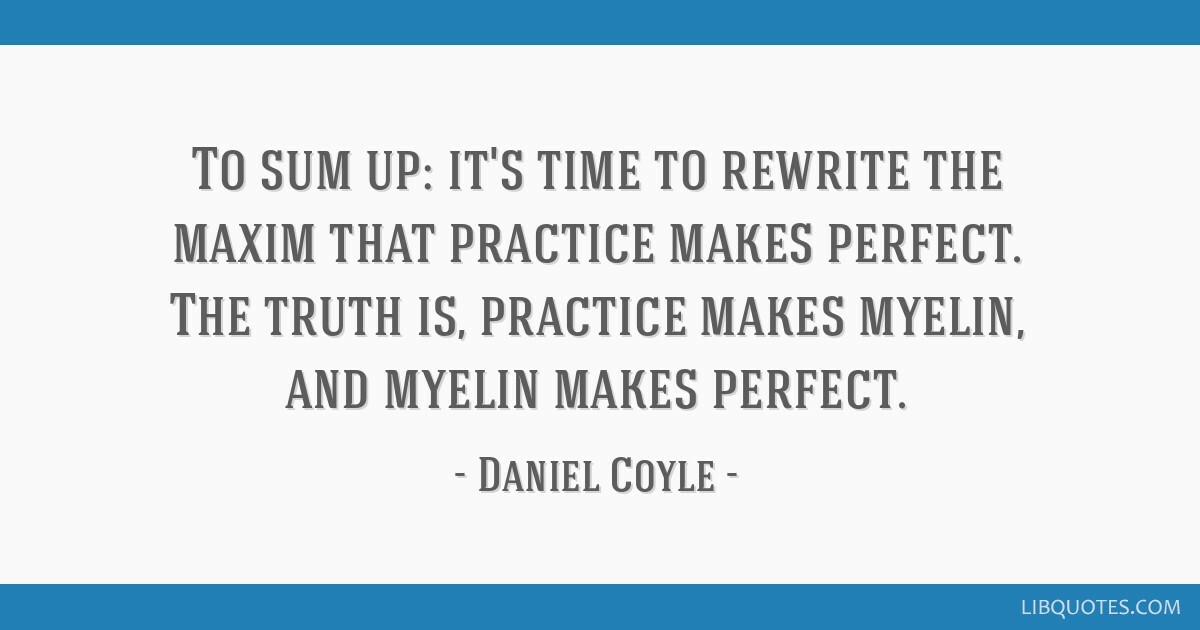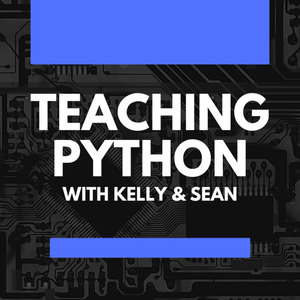"Practice makes perfect."
"10,000 hours to be an expert!"
"Repetition, repetition, repetition!"
These adages have echoed through the corridors of time, emphasizing the importance of repetition in mastering a skill and I remember them vividly from my childhood. To be good at anything, you need to do it over and over again. Full stop.
Educational pedagogies, philosophies, and teaching styles evolve and become jumbled and intertwined over time. Educational reform movements emerge, and often, old teaching methodologies get overlooked on the sideline. Amoung these changes, certain methodologies like PBL, AGILE, MYP Approaches to Learning, standards-based education, and "playful learning" have emerged as effective means of teaching. All of these might seem very distinct, but with a closer look there is a common thread. They all have one thing in common; the simple fact that each follows a basic recipe that allows students to drill their learning and practice repetitively. This iteration—whether through project-based learning, AGILE methodologies, or student-led discovery—enables learners to correct misconceptions and build on their knowledge foundation.
True learning is characterized by the act of 'doing,' confronting mistakes, and reflecting on the outcomes. Students must write a lot, fix writing errors, and manipulate their words to become better writers. Readers must read as much as possible, slow down their thoughts, and struggle over new words and concepts regularly to become expert readers. Athletes must practice daily, train their muscles, fall, and sometimes lose to develop their skills. Furthermore, developers must write many lines code, fix thousands of errors, iterate continuously, and rack their brains to solve problems to become expert coders. Regardless of the discipline or hobby, there's no shortcut to expertise—consistent, deliberate practice is key. Practice does make perfect, or at least closer to it.
An alert learner must practice time after time, day after day, to commit a skill to the long-term memory. However, it's essential to differentiate between mere repetition and deep practice. While repetition can embed skills in our short-term memory, deep, attentive practice is what truly ingrains them in our long-term memory. With deep practice comes neural development. Daniel Coyle, in his book "The Talent Code," eloquently puts it as, "Practice makes myelin, and myelin makes perfect." (The Talent Code 2009.)
 )
)
Active learning, where you challenge your neural pathways, is what solidifies knowledge. "Systematically firing" your neurons during active learning exercises helps to build the coating that solidifies your neural pathways. You must always be in the "sweet spot" of learning to build neural connections. The sweet spot is activated during activities defined by Bjork as "desirable difficulties," opportunities that require neurons to fire and struggle. That struggle, while often frustrating, is a critical component of effective learning.
Yes, the struggle is real!
Coyle provides a vivid example of deep practice by asking us to imagine navigating an unfamiliar dark room. You begin to explore, feel around, bump into things and possibly fall. You get up and explore more, circling the room multiple times. Eventually, bruised and full of adrenaline, you begin to build a mental image of the room, and eventually, you can walk it "quickly and intuitively." You practiced this learning little by little, over and over. And more importantly, you could feel and visualize the process as you learned. It was often painful, but this feeling helped you to learn more. This, in essence, is the deep "myelin" learning and is a testament to the power of drill and practice.
By definition, 'drill and practice' goes beyond rote memorization.'Drill and practice' is one of the most critical learning methods you can apply when learning how to code. It's an instructional method characterized by systematic repetition to perfect a skill or procedure. It is not rote memorization of syntax or concepts or repetitively practicing the same things over and over. But more than just repetition, it is an awareness that the learning is happening as you practice. It is this "feeling" of connection, repetition, struggle, and alertness that keeps your learning productive. The next time you embark on mastering a new concept or skill, embrace the struggle, relish the learning moment, repeat what you studied and practice what you learned.
Remember it is not only about the product but also the journey.
Happy 'Myelin' Learning!
Coyle, Daniel. The Talent Code. New York, Bantam, 2009.
The term' drill and practice' is defined as a method of instruction characterized by systematic repetition of concepts, examples, and practice problems. Drill and practice is a disciplined and repetitious exercise used to teach and perfect a skill or procedure. As an instructional strategy, it promotes knowledge or skill acquisition through systematic training by multiple repetitions, rehearse, practice, and engages in a rehearsal to learn or become proficient. Similar to memorization, drill and practice involve the repetition of specific skills, such as spelling or multiplication. Developing or maintaining one's particular skills, the subskills built through drill and practice should become the building blocks for more meaningful learning. https://www.brainscape.com/academy/drill-and-practice-in-education/
